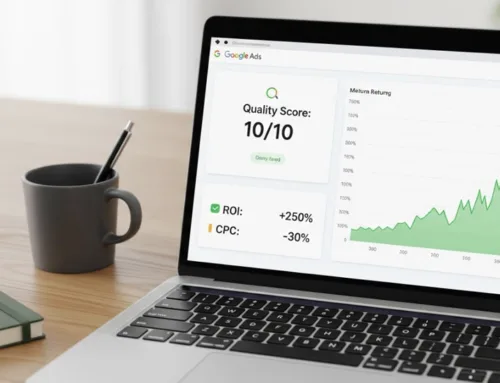Social commerce? It’s about offering a shopping experience that doesn’t leave the social networks, from customer acquisition through to sale. The idea is to streamline the user journey, reduce friction and increase conversions. By avoiding the usual pitfalls of moving from social networks, where the acquisition takes place, to the website, where the sale takes place: page loading times, site responsiveness, etc. As a result, some paid traffic is lost. Social commerce does not yet offer a 100% integrated experience. But all the social networks have started to move in this direction, with the pioneers on the subject, Facebook and Instagram, but also Pinterest and more recently the development of TikTok Shop.
Overview of social commerce today
Instagram and Facebook have begun to implement social commerce through native advertising formats, such as Collections formats or Instances experiences, which offer a selection of products before redirecting to the site to make the purchase. There’s also a recent feature on Instagram that lets you integrate UGC (User Generated Content) logic into your product catalog. Here, we’re not talking about content generated by influencers, but content created by users of a brand’s products. It is thus possible to select all the posts on which your brand is cited and manually identify the products featured on the various posts in order to feed the product sheet on your Instagram store. It’s a feature that’s extremely interesting in the idea of an enriched user journey.
Similarly, on Pinterest, it’s possible to integrate a product catalog for advertising purposes, but also to feed your page and organic content. For its part, TikTok has partnered with Shopify to enable in-app purchases. For the time being, the service is available in beta version in the UK, Canada and the USA, and only for merchants using the Shopify CMS.
And what about tomorrow’s social commerce?
Currently available in beta version in the U.S., the Instagram Check Out feature allows users to make purchases directly in the Instagram store. It is also possible to integrate this mechanism into creator content. Influencers can directly identify products in the brand’s boutique in their posts, with redirects to the boutique’s product sheet. And purchasing is fully integrated on Instagram, with a fluid, immersive experience for the web user.
How to prepare for social commerce
First step: own your store on Instagram. The first to arrive are always the first to be served by new products. To benefit from tomorrow’s advances in social commerce, the first thing to do is create an Instagram store, validate it and publish it. Especially as there are already a number of features that can be used to leverage influence. These include the “product guide” format, which allows influencers to select products directly from your Instagram store.
Live shopping is already tomorrow!
Live shopping is a practice that originated in China, democratized by Alibaba, and which has really taken off during the confinement period, offering an alternative to in-store visits. It’s a kind of teleshopping adapted to social networks. Indeed, some brands have transformed their unoccupied salespeople into content creators on the Taobao app, with the aim of presenting and selling products via Live shopping. Since then, the practice has developed, and we can imagine that in the near future, through Instagram’s Live functionality, influencers will be able to create Lives in which they integrate a brand’s products, which will lead directly to its Instagram store, with a fully integrated purchase.
Mis à jour le 10 December 2025
Mis à jour le 10 December 2025




